Every day, businesses and cities face a growing mountain of waste. Landfills are reaching capacity, and our old methods of disposal are polluting the air, water, and soil. This isn’t just an environmental problem; it’s an economic one, as we throw away valuable materials every single day.
Sustainable waste management goals aim to shift us from a linear "take-make-dispose" economy to a circular one. The primary objectives are to protect human health and the environment, conserve natural resources by maximizing reuse and recycling, and minimize the final volume of waste sent to landfills. It’s about treating waste not as trash, but as a valuable resource to be recovered and reused.
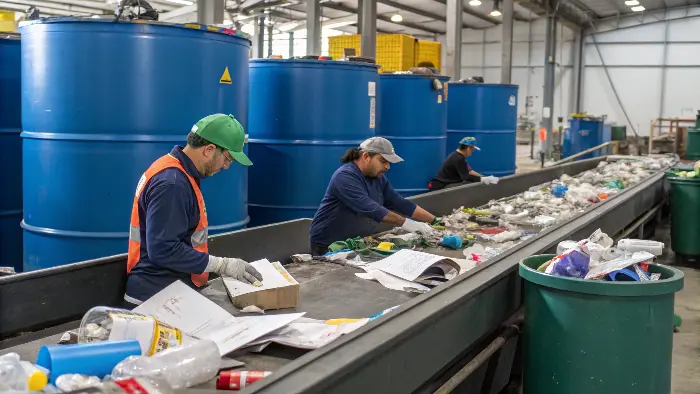
These goals sound ambitious, and it can be hard to see how they apply to your business or community. But they are not just abstract ideas. They are a practical roadmap for creating a cleaner, more efficient, and more resilient future. To understand how, we need to break down these broad ambitions into more specific, actionable objectives, starting with the most fundamental goal of all.
What is the main goal of effective waste management?
We often think of waste management as just getting the trash out of sight and out of mind. You put it in the bin, a truck comes, and it disappears. But where does it really go? It’s easy to ignore the consequences once the bin is empty, but the reality is far from simple.
The main goal of effective waste management is to handle materials in a way that protects both human health and the environment. This is achieved by following a clear hierarchy: first, prevent waste from being created, then reuse materials, then recycle or compost them, and only as a last resort, dispose of what’s left in the safest way possible.
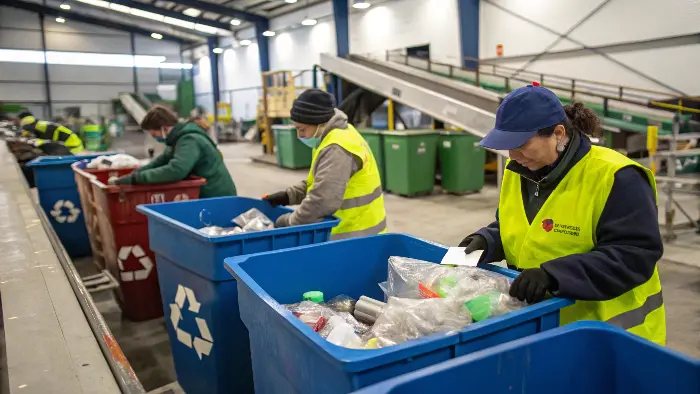
This core goal of protecting health and the environment is the foundation for everything else. When I started Ecosourcecn, I learned that providing "sustainable solutions" meant understanding this principle deeply. It’s not just about selling a compostable fork; it’s about providing a product that helps our clients achieve this fundamental objective. The most widely accepted framework for this is the Waste Hierarchy. It’s a simple but powerful tool that ranks waste management options from most to least environmentally friendly.
The Waste Hierarchy Explained
| Level | Action | Description |
|---|---|---|
| 1. Prevention (Reduce) | The best option. | Avoid creating waste in the first place. This includes using less material in designs and packaging. |
| 2. Preparation for Reuse | Give items a second life. | Cleaning, checking, and repairing items so they can be used again for their original purpose. |
| 3. Recycling & Composting | Turn waste into a new substance. | Processing materials to make new products (recycling) or breaking down organic matter into soil (composting). |
| 4. Other Recovery | Get value from waste. | Includes processes like anaerobic digestion and waste-to-energy incineration that recover energy from waste. |
| 5. Disposal (Landfill) | The last resort. | Safely disposing of waste that cannot be managed in any other way. |
This hierarchy forces a crucial shift in thinking. Instead of focusing on the bottom of the pyramid (disposal), effective waste management prioritizes the top. The goal is to keep as much material as possible in the upper levels for as long as possible. When I work with clients like Jacky, a packaging specialist in Canada, our conversations always start here. We don’t just talk about whether a container is recyclable; we ask, "Can we design this to use less material in the first place? Can it be reusable?" This approach moves us from simply managing trash to proactively managing resources.
What is the goal of a sustainable integrated waste management system?
Having a hierarchy is a great start, but waste is complex. You have food scraps, plastic bottles, old electronics, and cardboard boxes all mixed together. A single solution, like recycling alone, can’t handle everything effectively. This is where a more sophisticated approach is needed.
The goal of a sustainable integrated waste management system is to combine different strategies to handle each type of waste in the most efficient, cost-effective, and environmentally sound way. It creates a flexible network that diverts the maximum amount of material from landfills by ensuring there is a proper pathway for everything, from compostables to e-waste.
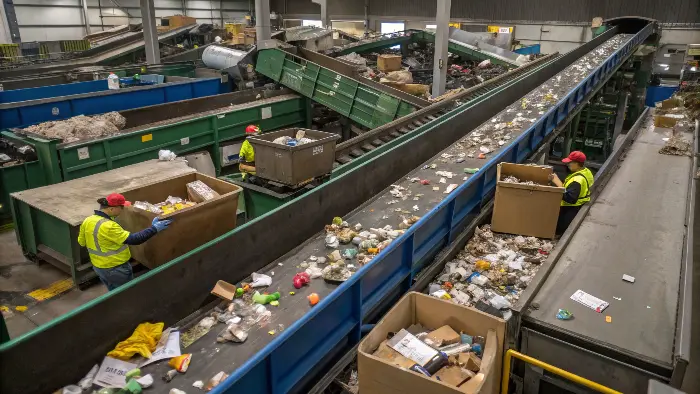
An "integrated" system is like a well-coordinated team. Instead of having one player trying to do everything, you have specialists for each position, all working together towards a common goal. This is the future of waste management, and it’s what we design our products at Ecosourcecn to support. A truly integrated system considers three key components.
First, it looks at the different waste streams. It doesn’t treat all trash as the same. It requires separating waste at the source into categories like organic waste (food scraps, yard trimmings), dry recyclables (paper, glass, metal, certain plastics), and residual waste (what’s truly left over). This is why clear labeling and public education are so important. Our compostable products, for example, are designed to be easily diverted into the organic waste stream, but that only works if the system can separate them.
Second, it uses a mix of technologies and facilities. An integrated system includes a variety of tools. This means having Material Recovery Facilities (MRFs) to sort recyclables, industrial composting or anaerobic digestion plants for organic waste, and designated drop-off points for hazardous materials like batteries and electronics. By having the right facility for each stream, we can recover far more value.
Third, it involves all stakeholders. This isn’t just a job for the government. A successful system requires collaboration between municipalities, private companies like ours that provide sustainable products, waste haulers who collect the materials, and citizens who do the initial sorting. When a client like Jacky chooses our FSC-certified paper products, he’s participating in this system by creating demand for responsibly sourced materials that are easily recyclable. This integration is what makes the entire system sustainable and robust, turning the linear path to the landfill into a circular flow of resources.
What is the SDG 11 waste management?
Thinking about waste management on a city-wide or even national level is important, but this is a challenge that affects the entire world. Poorly managed waste has global consequences, from polluting our shared oceans to contributing to climate change. It’s a problem that requires a coordinated global response.
SDG 11 is the United Nations’ Sustainable Development Goal to "make cities and human settlements inclusive, safe, resilient and sustainable." A specific target, 11.6, directly addresses waste management, calling on the world to reduce the environmental impact of cities by paying special attention to municipal waste management by the year 2030.
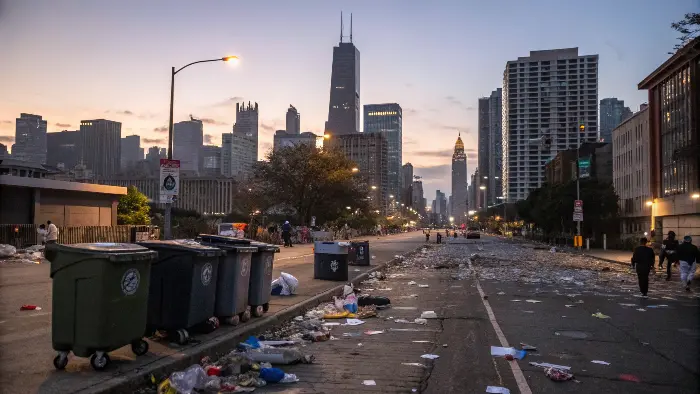
The inclusion of waste management in the UN’s global goals highlights just how critical it is to our collective future. It’s not a minor issue; it’s a cornerstone of building the sustainable cities we need. When I founded Ecosourcecn, our slogan became "Sustainable Solutions, Global Impact" because I saw this connection firsthand. The choices we make in one part of the world have ripple effects everywhere.
Target 11.6 is about more than just clean streets. It’s deeply connected to other global priorities.
- Public Health: In many parts of the world, uncollected waste is a breeding ground for disease vectors like rats and mosquitos. Providing universal waste collection is a fundamental public health service.
- Environmental Justice: Landfills and incinerators are disproportionately located in or near low-income communities, placing an unfair environmental burden on the most vulnerable populations. Proper waste management is a matter of social equity.
- Economic Development: A circular economy creates new opportunities. The collection, sorting, recycling, and composting of materials create "green jobs" and stimulate local economies.
- Climate Resilience: Cities with well-managed waste systems are more resilient. They are better equipped to handle disruptions from extreme weather events and are less likely to see their drainage systems clogged by plastic waste, which can worsen flooding.
By providing certified compostable and biodegradable products to our partners worldwide, we are directly contributing to this goal. We help businesses in North America, Europe, and Australia reduce their reliance on single-use plastics and adopt alternatives that integrate seamlessly into the advanced waste management systems required to meet SDG 11.
What are the goals of global waste management?
When we zoom out and look at the entire planet, the individual goals of cities and nations merge into a larger, shared vision. Waste doesn’t respect borders. Plastic dumped in a river in one country can wash up on a beach halfway around the world. We are all connected by this challenge, which means we need a unified set of global goals.
The overarching goals of global waste management are to transition the world to a circular economy, halt the flow of plastic into our oceans, significantly cut greenhouse gas emissions from landfills, and ensure every person on Earth has access to safe waste collection. It’s a vision for a planet that manages its resources wisely and equitably.
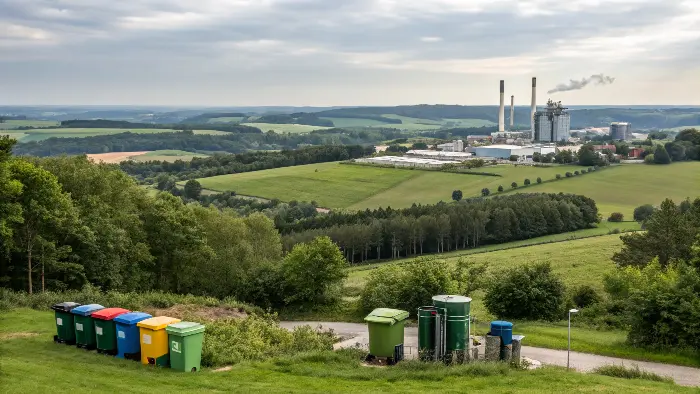
This global vision is ambitious, but it’s what we must strive for. It can be broken down into a few key strategic objectives that are now driving international policy and corporate action.
First and foremost is the goal to establish a global circular economy. This is the ultimate objective that encompasses all others. It means redesigning products so they are durable, repairable, and recyclable. It means creating global markets for secondary materials so that what is discarded in one country can become a raw material for another. This requires immense international cooperation on standards and trade.
Second is the urgent goal to stop plastic pollution, particularly in our oceans. This has become a highly visible symbol of our broken linear system. Global goals now focus on drastically reducing the production of unnecessary single-use plastics, improving collection in coastal communities, and developing innovative solutions to clean up existing pollution. This is a huge driver for our business, as companies worldwide seek alternatives like our PLA and bagasse products.
Third is to mitigate climate change. Landfills are a major source of methane, a powerful greenhouse gas. A key global goal is to divert organic waste from landfills through widespread composting and anaerobic digestion. This single action can have a massive and relatively quick impact on reducing global emissions.
Finally, there is the fundamental goal of achieving universal access to waste collection. It’s shocking, but billions of people still live without this basic service. Extending waste management infrastructure to all communities is a matter of human dignity, public health, and environmental protection. It’s the "Global Impact" we believe in—ensuring that the sustainable solutions we provide can be part of a system that serves everyone.
Conclusion
Sustainable waste management goals are about a profound shift in perspective. They guide us to stop seeing waste as a problem to be hidden and start seeing it as an opportunity to be seized. By protecting health, conserving resources, and building a circular economy, we create a more resilient and prosperous future.


